Download the Marine Communities Student Activity. Answer the questions using the text below. Click here for the PDF:
The flatfish is well adapted to life on the bottom. As an adult, its body is flattened like a pancake, with both eyes on one side of its head. A flatfish swims on its side moving its tail up and down in the same manner as a whale. However, as a fry (newly hatched fish) it looks more like a normal fish.
It lives near the surface, swims upright, moves it tail from side to side, and has one eye on each side of its head. When the young flatfish grows to one inch long, one eye migrates to the other side of its head. The fish begins swimming on its side and it lives on the bottom.
Rays are close relatives of sharks. Their large wings (up to 10 feet in length) are actually pectoral fins which they use for swimming. Rays are found in shallow sand or mud bottoms, where they feed on clams and crabs. Rays flap their wing-like fins close to the bottom to expose buried clams. They also, use their wings to help bury themselves in the sand.
Only sting rays are harmful to humans, since they have a poisonous stinger at the base of their tail. The stinger is 2-3 inches long and knife-like in shape.
Grunion spawn (lay their eggs) completely out of water on sandy Southern California beaches. They spawn on specific nights when the tide is high. The female digs a nest with her tail, by twisting her body into the sand. A male curves around the female and releases the milt (sperm), which fertilizes the eggs. Some fish remain out of water for several minutes before retreating with the next high tide wave.
The eggs remain buried in the sand for approximately 2 weeks. The larvae hatch when they are washed out by high tide waves. Grunion are protected by law during the peak of the spawning season in April and May.
Rocky Shore Community
The rocky shore community is on the continental shelf, in water less than 400 feet. There are boulders, holes, cliffs and seaweed which provide homes for many fish. Being in the rocky shore is sort of like being in the woods on a dark windy night. There are seaweeds swaying back and forth and many types of fish darting through the seaweed. Many of the fish that live in this community have thin bodies to allow them to fit into holes. Many of the invertebrates (animals without backbones) are adapted to holding onto rocks in various ways.
Giant kelp plays an important role off of the Southern California coast. The kelp provides food and habitat for a number of animals. The giant kelp can be found as deep as 125 feet, and grow as fast as two feet in one day. It is very flexible and sways
with the ocean surge and currents. Kelp does not have roots like a tree, but a holdfast that attaches the seaweed to a rock and the seafloor. Giant kelp is harvested and used in ice cream, toothpaste and cereals.
Moray eels are important creatures that live in the rocky shore. Eels get up to 10 feet in length. When an eel swims its snake-like body undulates in the water. Their thin body allows them to hide in small holes and look for food in tight places. They make their homes in dark holes, and feed mostly at night. Eels have long needle-like teeth to help them grab and hold fish. Moray eels are wounded or disturbed by humans, they may bite.
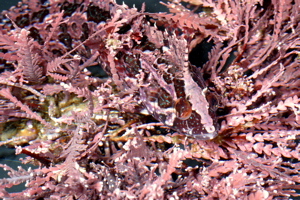 The kelpfish can be green, red, or brown in color depending on the variety of seaweed that it is hiding in. The kelpfish to the left is hiding in coralline algae. The kelpfish are generally small, but can get up to 2 feet long.
The kelpfish can be green, red, or brown in color depending on the variety of seaweed that it is hiding in. The kelpfish to the left is hiding in coralline algae. The kelpfish are generally small, but can get up to 2 feet long.
Nudibranchs are a type of sea slug. They are two inches long, slow-moving and live on the sea floor in shallow water. Nudibranchs are some of the most colorful animals on Earth. The coloration is actually a type of “warning” to possible predators. Nudibranchs feed on stinging animals, like sea anemones, and are able to keep the stinging cells alive in the colorful tips of their body. If a fish bites a nudibranch, the cells fire and the fish rarely takes another bite.Also, nudibranchs are hermaphrodites, meaning that one nudibranch will have both male and female reproductive parts in its body. However, a nudibranch must mate with another member of their species to produce egg
The sea anemone is sometimes called the “flower of the sea”. What looks like a flower is actually the sea anemone’s mouth. Petal-like tentacles surround the mouth and attract potential prey to it. The tentacles contain a neurotoxin which can paralyze a small fish that might be passing through. Sea anemone’s are bottom dwelling and attach themselves to rocks. Sea anemones are closely related to jellyfish and coral.
(A). Sea stars are bottom dwelling animals with 5-40 arms. A sea star is capable of regenerating an arm or part of its body. They move slowly over rocks, searching for mussels (clam-like animals) and other prey. The sea star will use its strong arms to pry open the two shells of a mussel. The stomach then everts (comes out of the sea star) and slips between the mussel shells to digest the mussel. When the sea star has completed its meal, the stomach returns to its own body.
(B). A sea cucumber looks more like a dill pickle than an animal. They feed on dead things and algae in shallow and deep water. They are closely related to sea stars and sea urchins. Like a sea star, they are capable of regenerating missing body parts. Humans have eaten sea cucumbers for hundreds of years. They are used in soups and eaten raw in sushi.
Crabs are scavengers, feeding at night on dead or decaying animals and plants. They are covered by a hard outer shell called an exoskeleton. A crab will shed (molt) its exoskeleton many times. After molting, the new shell is soft. This is the only time that the female is able to mate. She carries her eggs under her abdomen until they hatch.
The sea urchin is a bottom-dwelling animal with long spines covering its body. The spines protect the slow-moving urchin from predators. The spines are not poisonous, but a spine lodged into a human foot or hand is difficult to remove and is likely to cause a nasty infection.The sea urchin scrapes algae and seaweed off the rocks with its five teeth, which are joined together in a cone shape on its underside. If there are not enough predators (sea star, wolf eel and sea otter) to keep sea urchin populations under control, then urchins can devastate entire kelp forests and other seaweed populations.
Sea otters live along the California Coast and Alaska. The California Sea Otter never gets out of the water. It gives birth in the water and the newborn pup rides around on its mother’s stomach. Sea otters sleep in kelp and wrap themselves up with kelp to stay in one place for the night.
Sea otters get up to 5 feet long and have a very thick coat. During the 1800’s Russian fur traders killed sea otters along the California Coast until they were believed to be extinct. However, small groups survived and their numbers have been increasing.Sea otters dive in shallow water, usually less than 100 feet, and eat clams, crabs, sea urchin, and fish. They usually carry a rock under their arm that they use to break up different types of shellfish. Otters play an important role in keeping the sea urchin population in balance. Sea otters eat a lot of sea creatures. In fact, I observed an otter eat 23 large pismo clams in just one hour’s time.
Pelagic Ocean Community
The pelagic ocean community is off the continental shelf. This community is often called the blue water community and it extends from the water’s surface to 600 feet deep. The animals in this community have no seaweed, rocks, or ocean floor to hide in. In order to survive in this community, the animals must have a way to escape predators. Speed is very important in this community. As a result many of the animals have streamlined bodies that are built for speed. Many fish such as baitfish, (herring, anchovy, caplelin and other small schooling fish) escape predation by the sheer numbers in their schools.
The flying fish is a small schooling fish. There is nothing more beautiful than seeing a school of flying fish lift off and glide above the water. The flying fish can go through the air farther than the distance of two football fields. A flying fish uses its long wing-like pectoral fins to help it escape enemies. The lower half of the tail is twice as long as the upper half (see photo to the left) and helps the fish swim up to 35 miles per hour before lift-off.
Various animals prey on flying fish including marlin and tuna.
Tuna can weigh over 1000 pounds. The tuna is one of the fastest fish in the world, swimming up to 50 miles per hour. It is a schooling fish and undertakes great migrations, often swimming an entire ocean in a year. Because of its constant motion, the tuna is one of the few fish whose body temperature is higher than the temperature of the water. This allows tuna to migrate into colder waters than other tropical fish. The yellow fin’s favorite prey items include squid, anchovy, flying fish, and other small schooling fish, while various types of sharks prey on tuna.
Yellowfin tuna are often found in schools with dolphins, which has created an environmental problem over the past 40 years. Years ago, American tuna fisherman set their nets around dolphin schools and thousands of dolphins drowned in the process. Today, all of the tuna found at super markets in the United States has a label on it that says “Dolphin Safe”, which means that the tuna were not caught with dolphins.
Sharks are top predators. They are some of the fastest fish on earth, capable of bursts of over 30 miles per hour.
They feed on many types of fish and have often been referred to as “perfect killing machines”. They can detect small quantities of blood in water (equivalent to one drop in twenty-five gallons of water) at distances of greater than a quarter of a mile. The teeth of sharks are adapted for slicing and are one of the hardest materials produced by an animal. The teeth are loosely set into the jaw of the shark. In 10 years, a shark may lose as many as 20,000 teeth. Sharks have strong jaw muscles, capable of biting with a pressure of 44,000 pounds per square inch (a human exerts only 150 pounds per square inch.).
Basking sharks are one of the largest fish in the world, getting up to 40 feet in length. Basking sharks are usually seen swimming slowly at the surface with their mouth wide open, taking in a continuous flow of water while feeding. The basking shark is a filter feeder, preying upon zooplankton which are abundant in the summer. The shark strains the plankton through its long gill rakers. In the winter, it sheds the rakers and is believed to hibernate or feed on bottom-dwelling creatures.
Basking sharks are a “Threatened Species” due to overfishing. They were hunted for their oil, meat, fins and liver. Only Japan and China still hunt them for their fins because they are the main ingredient in shark fin soup. A pair of fins will sell for $1000 in Asian fish markets. The basking shark liver is vitamin rich and huge, taking up almost ¼ of the weight of the shark.
The sperm whale is the largest of all of the toothed whales. The bull sperm whales get to 60 feet long and weigh up to 50 tons.
Female sperm whales are very social and they live in family groups. The family group takes care of the calves. If “mom” dives to get some food, another member will likely be around to protect the calf from attacks by killer whales or sharks.
The males stay with the family until about the age six and then leave. As they get older, the males gradually move to colder waters. The young whales and females are mainly found in and near the tropics. The really large bull males may be found alone near the polar ice. These large males return to the tropics to mate when they are over 25 years old.
Sperm whales have been tracked during their dives with fish finders or sonar. The average dive of a sperm whale is 40 minutes. They go nearly straight down at a rate of 4-5 miles/hour to over 1200 feet (400 meters) beneath the surface. Then they level out and go along at that depth for a half an hour and then return to the surface. Other scientists have found that they can stay down for well over an hour, and may dive deeper on occasions (3000 feet or 1000 meters.).
Sea turtle fossils date back as far as 100 million years. Leatherback turtles are the largest of all sea turtles growing over five feet in length and weighing up to 1500 pounds. Their shell feels rubbery, not hard like most turtles. Leatherbacks may live up to 40 years. Leatherbacks eat jellyfish, and sometimes confuse plastic bags as potential food. The bags may lodge in the turtle’s esophagus and the turtle will die from starvation.The females only come to shore to lay their eggs and the males never leave the ocean during their lifetime. They are powerful swimmers and can dive as deep as 4000 feet.The leatherback’s deep core body temperature is higher than the surrounding water temperature, unlike other cold-blooded animals. This allows leatherbacks to migrate farther north (Greenland) than other sea turtles.The leatherback sea turtle is an endangered species. Turtles die in fishing nets, and their nesting beaches are lost to construction projects each year.
The green sea turtle is the most common turtle in the world. They feed on turtle grass that grows in shallow water close to shore. Female turtles will come ashore to lay her eggs at night. Turtle populations were harmed tremendously by poachers taking the eggs. But turtle populations are increasing due to protection given by local natives who realize that turtles are an important tourist attraction.
Abyss – The Deep Sea Community
The abyss community is off the continental shelf in deep water (3,000 to 10,000 ft deep). This is such a desolate area that you would not expect anything to be living there. The animals in this community never see the sun, because it is continually dark. Many of the animals rely upon dead things drifting down from the surface for food. Since there is not much food in the abyss, the fish can be small, many less than a foot in size. Also, because of the scarcity of food, many of the fish will attempt to eat others larger than themselves. Usually their mouths are capable of opening very wide. The fish are slow-moving and they have devised many ingenious ways to capture prey. Many have a series of lights called photophores that are used to attract prey or a mate to them.
The top of an anglerfish’s head has a small lure with a photophore (light). This is used to attract potential prey. The male anglerfish (1/2 inch) may attach itself to the body of the female (3 inches in size). Its sole function in life is to fertilize the eggs of the female. In the photo on the left the male angler (A) is inside of the female’s mouth.
The black swallower has photophores (lights) along its side, and a mouth that opens wide. It has an elastic-like stomach that will expand many times its normal size to hold the large prey that it captures. The swallower on the left does not have any fish in its stomach and appears normal, while the sketch of the swallower on the right, is one which has recently eaten.
Snipe eels get their name from their bird-like mouth, which they use to sweep through the water and catch shrimp and other plankton. Snipe eels are very slender, and a 5 foot animal may only weigh a few ounces. A snipe eel has more vertebrae in its backbone than any other animal (around 750).
The pelican gulper eel is a very unusual looking fish that inhabits the deep water abyss. Its mouth is larger than most of its body and can be opened very wide. The lower jaw is pouch-like, and resembles that of a pelican. It has a photophore (light) at the tip of the tail, which it uses to attract prey. Gulper eels feed primarily on zooplankton (especially shrimp) and small fish.
The viperfish is less than 24 inches and has a large mouth with long, needle-like teeth. Its jaw is very similar to a snake jaw, and allows the viperfish to swallow things larger than itself. It also has a series of photophores (lights) on its side that may be used to attract a mate in the darkness. Lastly, many species of viperfish have a “lure” with a light dangling below the chin which is probably used to attract prey.
Hatchetfish are small (three inches) and they are difficult for predators to see from the front or back because they are so thin. Hatchetfish feed on zooplankton and follow the plankton’s nightly migration from a depth of 10,000 to 300 feet each night, then return back to deep water in the morning. Hatchetfish have very large eyes, which they use to gather the small amount of light that exists in deep water.

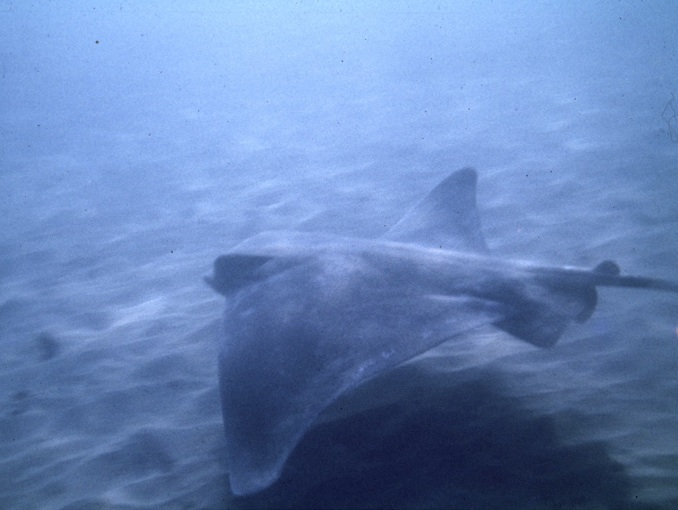
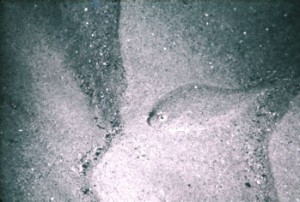
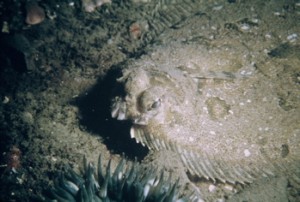
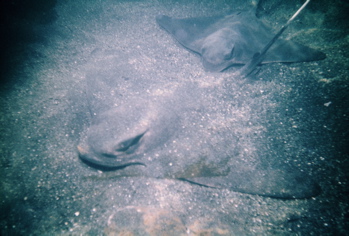

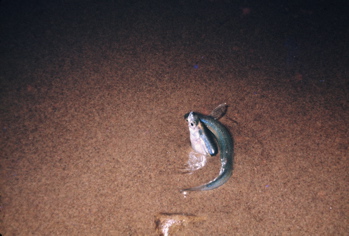
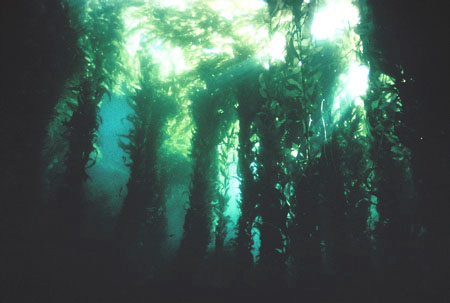
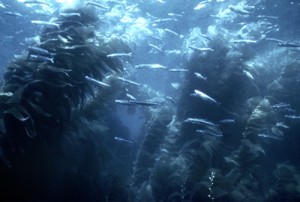
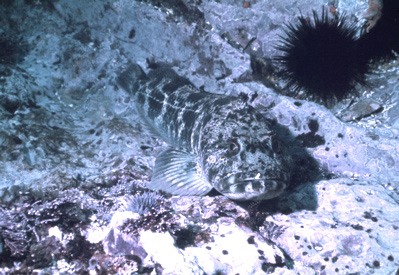
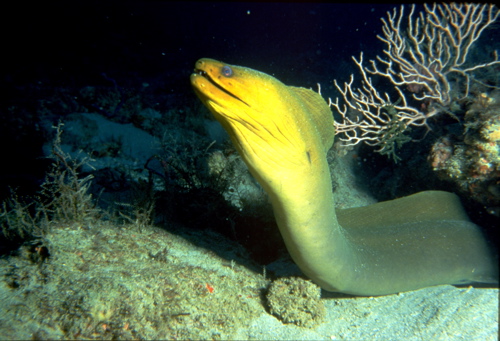
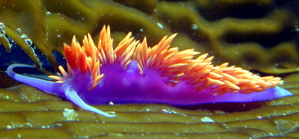
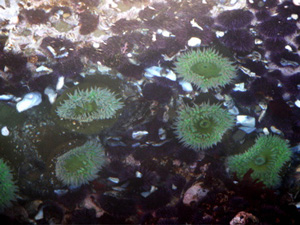
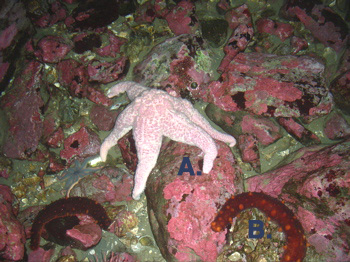
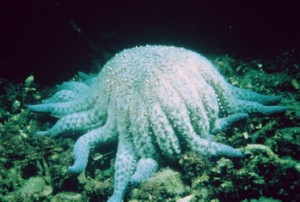
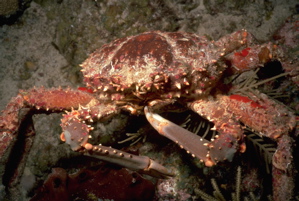
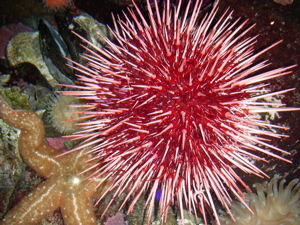
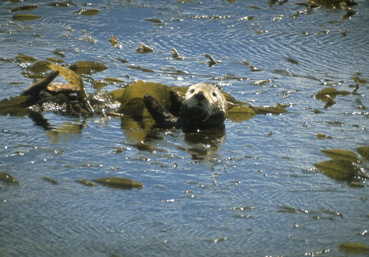
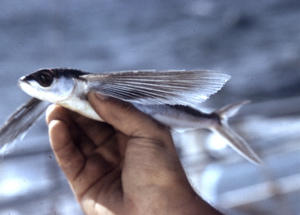
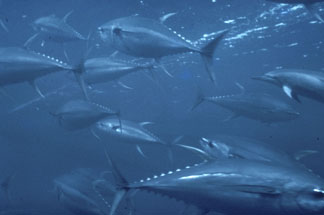
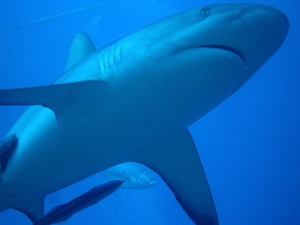
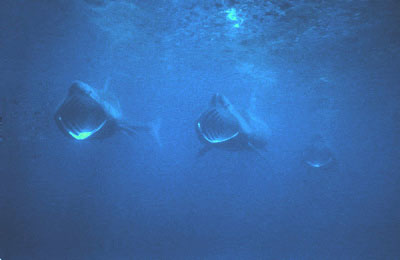
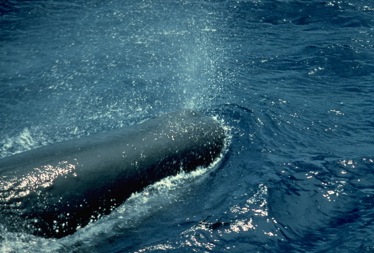
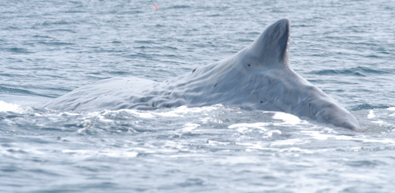

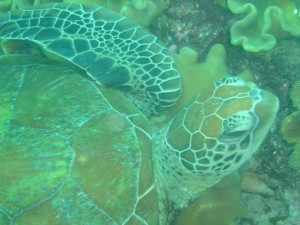
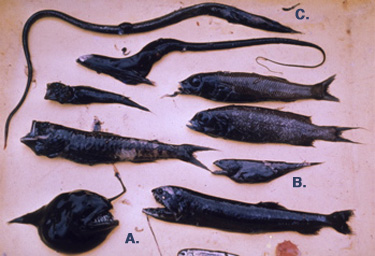

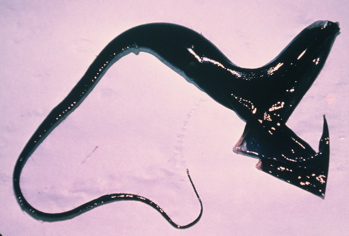
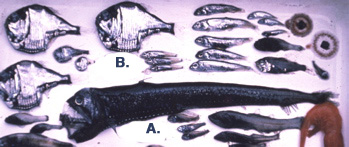




Well written
it was really fun learning about the animals